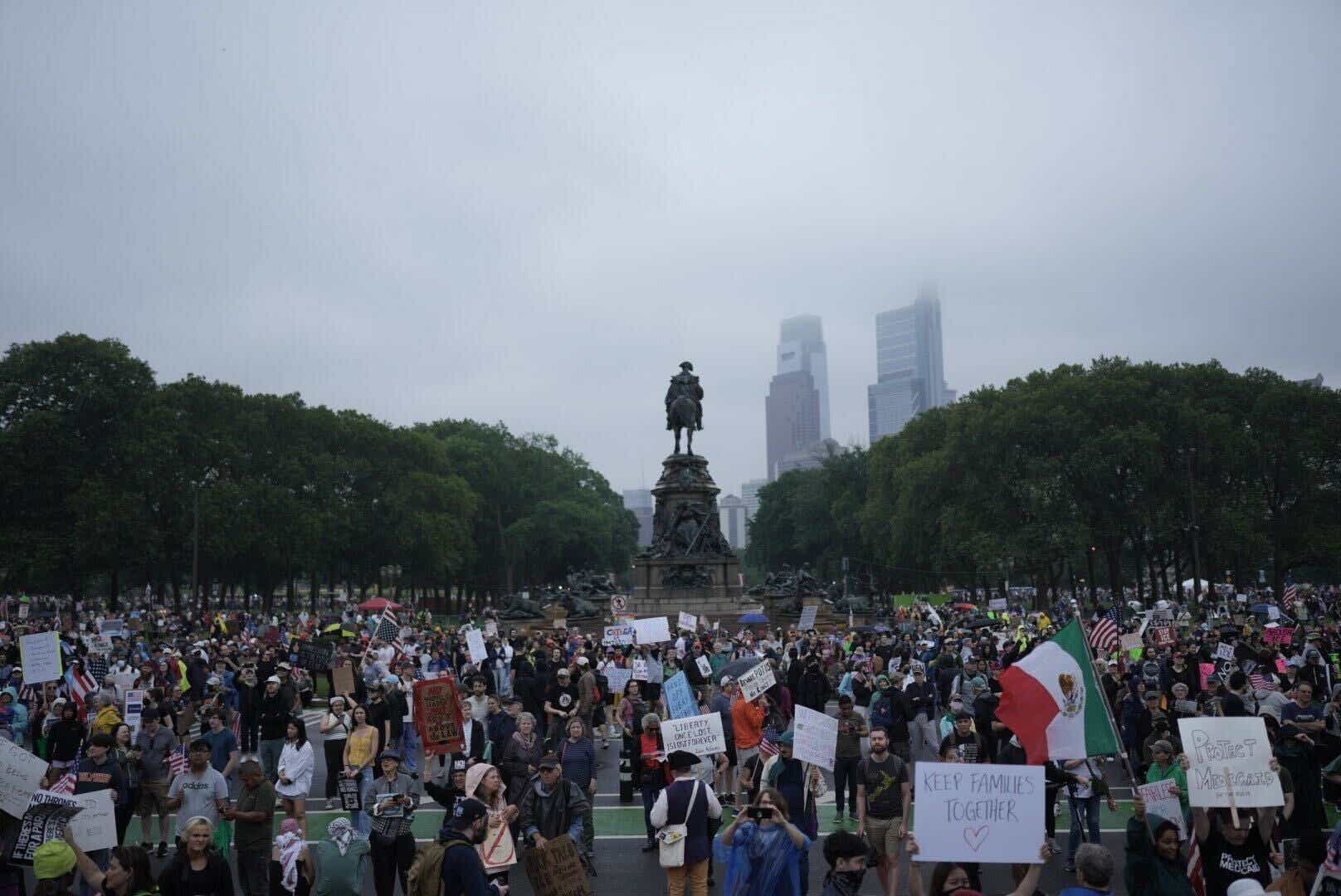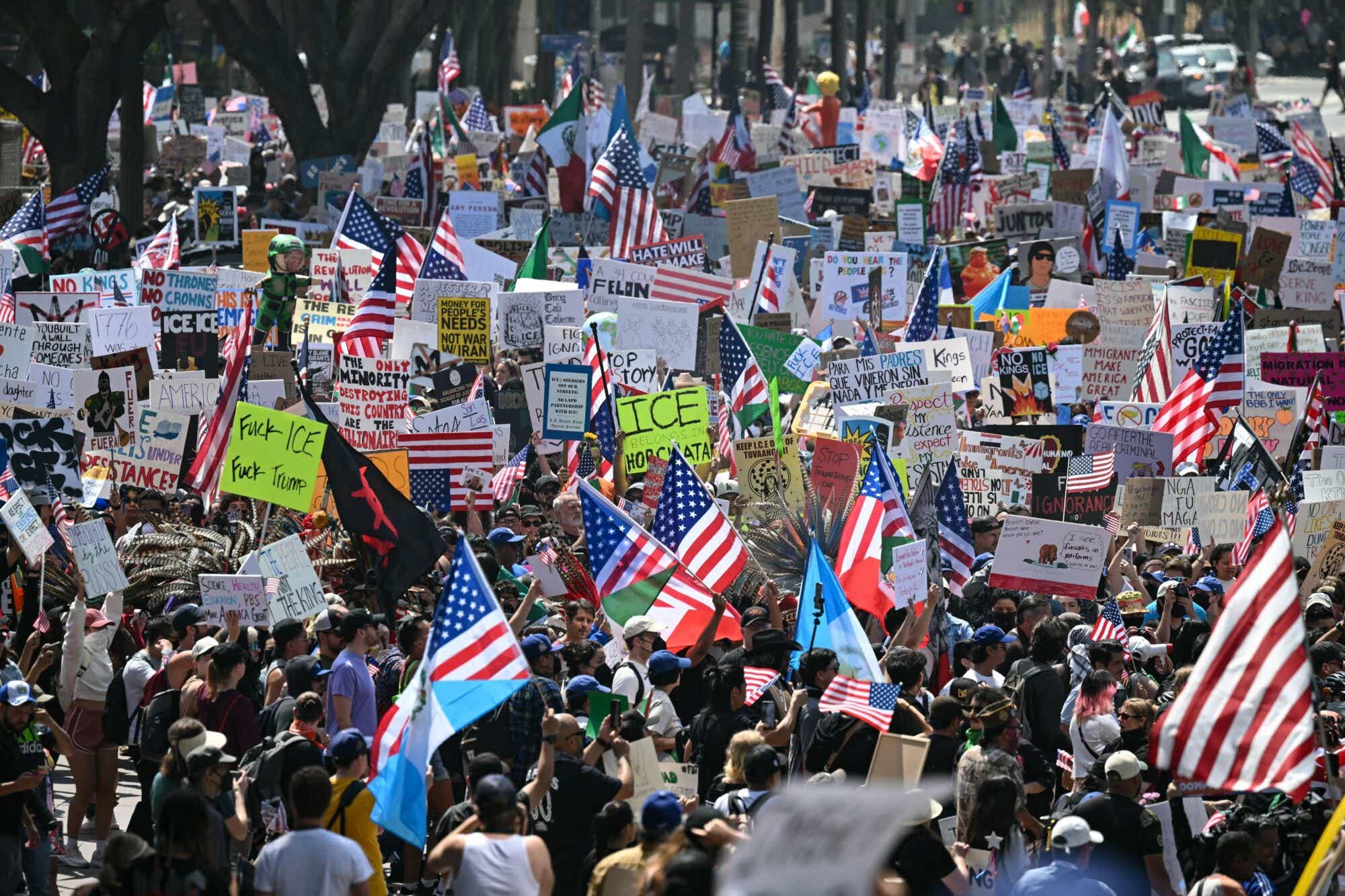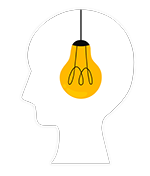On Saturday, as President Trump’s military parade rolled through Washington, D.C., thousands of protests were held around the country as part of the “No Kings Day” movement organized by progressive groups. Here’s a closer look at the simultaneous events.
Trump’s military parade attendance
The parade was held to commemorate the 250th anniversary of the U.S. Army — and it also coincided with Flag Day and President Trump’s 79th birthday. It featured armored tanks, helicopters, and historical military equipment. More than 6,000 uniformed troops (plus 34 horses, two mules and one dog) marched down Constitution Avenue to the National Mall.

Although President Trump denied the event was purposely scheduled on his birthday (he said, “I view it for Flag Day, not necessarily my birthday”), it faced criticism for both its cost — an estimated $25 to $45 million, according to Army spokesperson Heather J. Hagan — as well as its pageantry.
“The whole idea — doing it on Trump’s birthday … we don’t do this in America,” Rep. Adam Smith, a member of the Armed Services Committee, told NBC. “We do not celebrate individual leaders. We celebrate the Constitution, and we celebrate the country.”
This all took place on a backdrop of anti-ICE protests across the country, including in Los Angeles — where the president deployed the National Guard against the wishes of California Gov. Gavin Newsom — and the politically motivated shootings that killed one Minnesota lawmaker and her husband, and wounded one other state senator and his wife.
The parade was the largest U.S. military parade since the 1990s, but multiple outlets, including the New York Times and Wall Street Journal, reported that the crowd was sparse. TIME estimated tens of thousands of people came out to the National Mall to witness the event. The White House claimed, “250,000 patriots showed up to celebrate the 250th anniversary of the U.S. Army,” but outside estimates put that crowd far below the 200,000 that were expected to attend. There were also reports of empty bleachers and many spectators cutting out early.
How many people protested for No Kings Day?
Meanwhile, protests against the Trump administration were held in around 2,000 cities in all 50 states on Saturday. Organizers say five million people nationwide took part in the demonstrations.
Cities like Philadelphia saw a crowd of over 100,000 and smaller towns like Pentland, Michigan saw 400 of its 800 residents come out to protest. In Chicago, protestors marched to the Trump Tower, while protestors in Florida headed to Mar-a-Lago.

No Kings marked the largest coordinated protests against the second Trump administration — and one of the largest in U.S. history.

Organizers said that over 100 protests popped up in the past week alone as a direct response to Trump’s decision to deploy the National Guard and Marines to Los Angeles.
“The Trump administration’s goal was to scare people, to make them afraid to stand up for their rights and afraid to protest and stand up for their immigrant neighbors. And it’s backfired spectacularly,” said Deirdre Schifeling, chief political and advocacy officer of the ACLU, which was one of the partners of the No Kings protests.

The demonstrations were largely peaceful, though there were a few incidents. A man intentionally drove an SUV through a protest in Culpeper, Virginia, striking at least one person.
In Salt Lake City, one person suffered a gunshot wound from a shooting at the “No Kings” march and was taken to the hospital with life-threatening injuries. Three people were taken into custody after the shooting, one of whom also sustained serious injuries from a gunshot wound. Police say, “The motive for the shooting and the events leading up to it remain under investigation.” The demonstration was otherwise peaceful, with over 10,000 attendees.
Protests throughout Los Angeles were also mostly calm, although police issued a dispersal order around 3:55 p.m. after people allegedly threw rocks, bricks, and bottles at police officers. Police deployed smoke. L.A. mayor Karen Bass said five people were arrested and 30 others were detained out of some 30,000 people demonstrating in downtown alone; there were demonstrations in 15 other locations throughout the city.
Minnesota officials, including Gov. Tim Walz, urged Minnesotans to stay home from No Kings rallies after two Democratic state legislators were shot in a targeted attack. Some events in the state were canceled, but others proceeded. In St. Paul, for instance, thousands gathered and marched to the Minnesota Capitol despite the safety concerns.
There were no planned No Kings protests for Washington, D.C. — a move that was done on purpose to draw attention away from the military parade. “Instead of allowing this birthday parade to be the center of gravity, we will make action everywhere else the story of America that day: people coming together in communities across the country to reject strongman politics and corruption,” organizers said.









